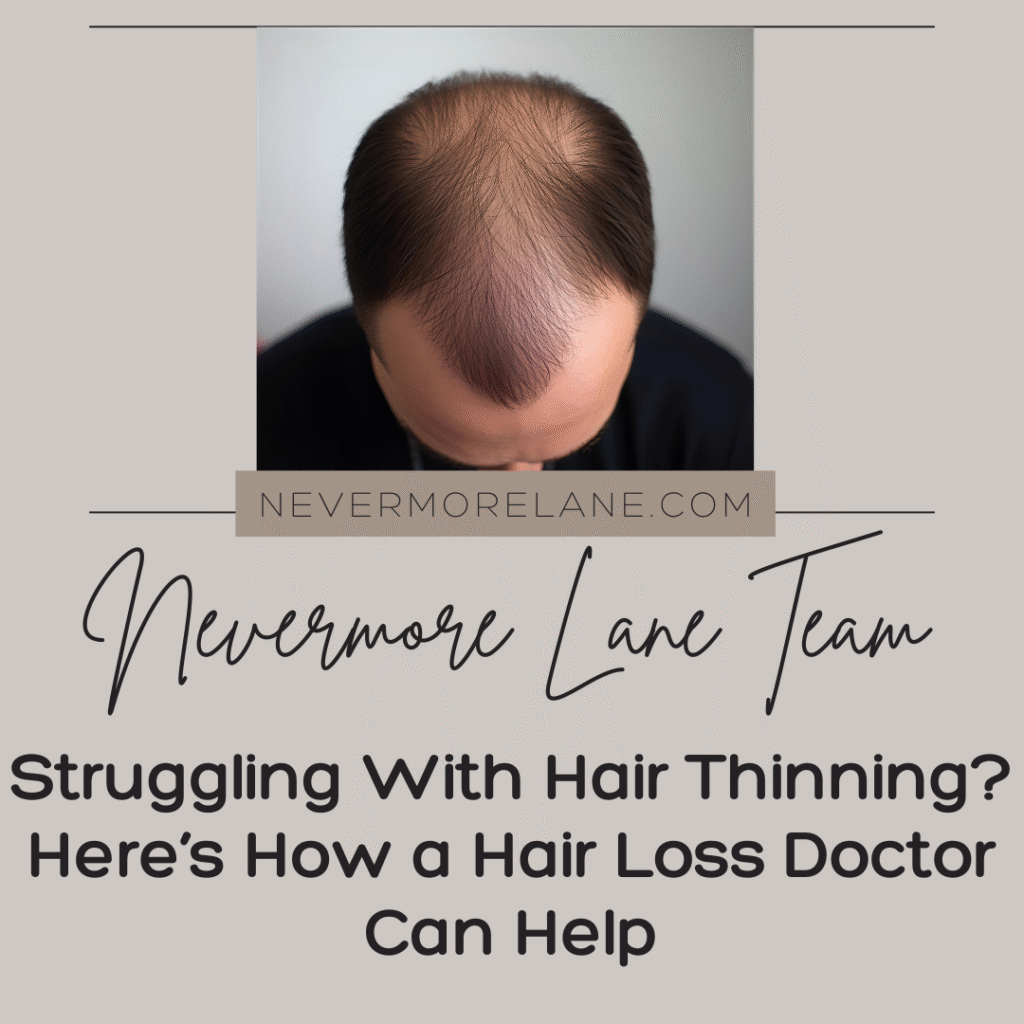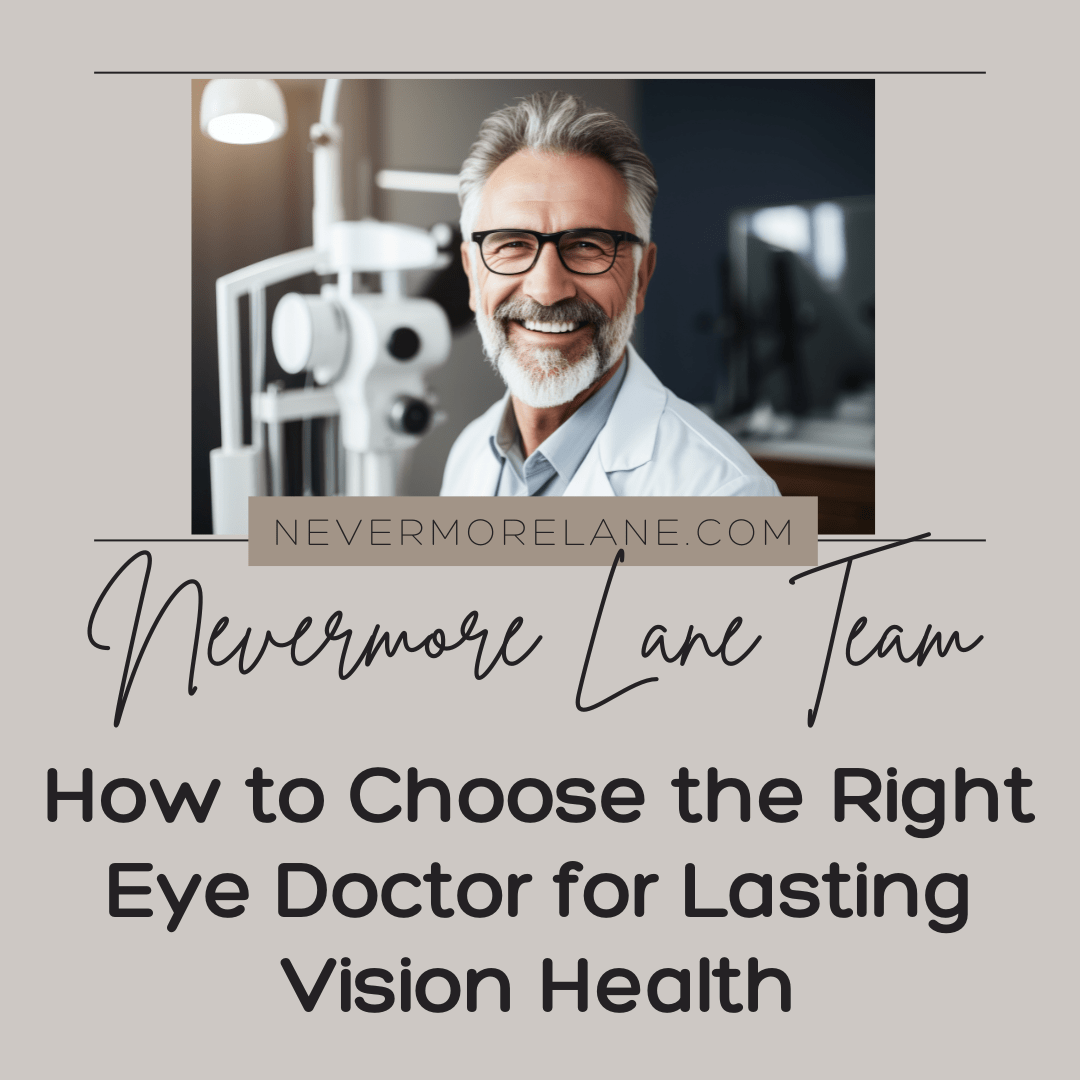Struggling With Hair Thinning? Here’s How a Hair Loss Doctor Can Help
The morning ritual of running fingers through hair reveals more scalp than expected, and the shower drain collects strands in alarming quantities that make denial impossible. Hair thinning creeps in gradually, stealing confidence along with volume until styling becomes an exercise in strategic camouflage rather than creative expression. The person staring back from the mirror looks older, more tired, somehow diminished in ways that extend beyond simple aesthetics into how they feel about showing up in the world. When hair loss progresses from barely noticeable to undeniably visible, the emotional impact often exceeds the physical changes themselves.
Drugstore shelves overflow with products promising miraculous regrowth, yet most deliver disappointing results that waste money and time while hair continues thinning. The confusion about what actually works, what qualifies as normal shedding versus concerning loss, and when professional intervention becomes necessary keeps many people cycling through ineffective solutions alone. Meanwhile, legitimate medical treatments exist that can slow, stop, or even reverse hair loss when administered properly by specialists who understand the complex factors contributing to thinning. The gap between suffering through progressive loss and accessing effective treatment often comes down to simply not knowing that hair loss doctors exist or what they can offer.
Hair loss is more common than many people think, and there are hair loss doctors in New York and many cities across the US who are trained to help stop it. These experts use science, compassion, and personalized care to uncover the true cause of thinning and guide you toward recovery. Hair loss specialists, including dermatologists and trichologists trained specifically in scalp and hair disorders, provide diagnostic expertise and treatment options unavailable through general practitioners or beauty counter consultants. These professionals identify underlying causes ranging from hormonal imbalances and nutritional deficiencies to genetic pattern baldness and autoimmune conditions, then create personalized treatment plans addressing specific types of hair loss. Understanding what hair loss doctors do, when to consult them, and which treatments prove most effective separates continued frustration from genuine solutions that restore both hair and confidence.
The good news is that you don’t have to manage this alone.
Why Hair Thinning Happens
Hair thinning can happen for many reasons. Some are temporary, while others may need long-term care. Understanding the cause is the first step toward finding the right treatment. Here are some common triggers:
- Genetics: Family history plays a major role. If thinning runs in your family, you may experience it too.
- Hormone shifts: Thyroid issues, menopause, and post-pregnancy changes can disrupt hair growth cycles.
- Stress: Emotional and physical stress can push hair into the shedding phase.
- Nutrient deficiencies: Low iron, vitamin D, or protein can weaken follicles.
- Medical conditions: Conditions like alopecia areata, PCOS, or autoimmune disorders impact hair health.
- Medications: Some prescriptions list hair loss as a side effect.
Hair thinning looks different for everyone. Some lose hair evenly. Others notice patchy thinning. Treatment works best when these causes are identified early and treated with precision.
The Role Of A Hair Loss Doctor
When hair first starts thinning, it’s natural to want to fix it quickly with shampoos or supplements. But thinning hair often points to deeper issues mentioned above, including hormonal fluctuations, stress, or nutritional deficiencies. A hair loss doctor in New York understands this and takes a more comprehensive approach. They begin by looking beneath the surface, searching for the real reasons your hair is changing.
The top clinics like Northeast Hair Restoration use lab testing and medical history to pinpoint the root cause. Once the diagnosis is clear, they guide you through treatment options based on science and your personal health profile. These may include non-invasive therapies to reactivate follicles or targeted medications to support regrowth.
Throughout your journey, the experts also monitor your progress and adjust as needed. Their expertise brings not only new hair growth but also peace of mind.
The Most Common Treatment Paths
Once the cause of hair thinning is understood, the next step is choosing treatments that match your specific needs. Most modern hair loss clinics offer multiple therapies, allowing them to tailor care based on what works best for you. Below are some of the most common and effective options offered by leading practices today.
Platelet-Rich Plasma (PRP) Therapy
PRP uses your own blood to stimulate healing. After drawing a small sample, the blood is processed to concentrate the platelets. This is then injected into thinning areas to encourage new growth. PRP helps strengthen follicles, increase density, and improve thickness. It’s a natural, non-surgical option and works well for early to moderate thinning.
Low-Level Laser Therapy
Laser therapy uses targeted light to stimulate cell activity in the scalp. It increases blood flow and encourages follicle health. This can be done in-office or with a wearable device at home. It’s often used alongside other treatments to maintain results and slow shedding.
Hair Transplant (FUE)
For more advanced hair loss, transplant options like Follicular Unit Extraction (FUE) can restore hair where it’s gone. This method takes strong follicles from the back of the head and places them in thinning areas. Results look natural and, with proper care, can last a lifetime. The best doctors blend precision technology with expert hands for subtle, effective results.
Topical and Oral Treatments
Sometimes, medication is the best option. FDA-approved treatments like minoxidil or finasteride may be recommended. Experts may also develop custom formulas based on your diagnosis. When paired with medical supervision, these treatments can slow loss and support regrowth.
Reclaim Your Hair and Your Confidence
Hair loss doctors diagnose the root causes behind thinning through comprehensive evaluation including scalp examination, blood work to identify deficiencies or hormonal issues, and sometimes scalp biopsies when conditions remain unclear. Accurate diagnosis determines which treatments will work best. Androgenetic alopecia responds to medications like minoxidil and finasteride. Telogen effluvium requires addressing underlying triggers like stress or nutritional deficits. Alopecia areata may need immunotherapy approaches.
Professional treatments extend far beyond drugstore options. Prescription medications offer higher concentrations than over-the-counter formulas. Platelet-rich plasma injections stimulate follicle regeneration. Low-level laser therapy promotes growth. Hair transplantation provides permanent solutions for advanced loss. Specialists combine multiple approaches for optimal results tailored to individual patterns and goals.
Struggling with hair thinning doesn’t mean accepting permanent loss without exploring legitimate medical options. Early intervention produces better outcomes than waiting until follicles become dormant. Hair loss doctors provide expertise, advanced treatments, and realistic expectations that empower informed decisions. The confidence that comes from taking action often matters as much as the hair regrowth itself. Sometimes the bravest step involves admitting help is needed and seeking professionals who treat this condition with the seriousness it deserves.





